A Comprehensive Overview On Junji Itou: The Master of Beautiful Nightmares
If there’s one name that makes every horror fan’s spine tingle, it’s Junji Itou — the undisputed king of psychological horror manga. He doesn’t just draw monsters — he invites you into their world, whispers in your ear, and makes you question whether your reflection is really your own. His art crawls under your skin, his stories linger in your brain, and before you know it… you’re double-checking every dark corner of your room.
Let’s peel back the skin (metaphorically, of course) and take a good look at how this legend became the nightmare architect of manga.
How It All Began: The Dentist Turned Dream-Haunter
Junji Itou wasn’t born in a creepy castle or haunted forest — he grew up in Gifu Prefecture, Japan, in 1963. As a kid, he was surrounded by horror influences: his older sister was a fan of Kazuo Umezu, one of Japan’s earliest horror manga pioneers, and little Junji devoured every spooky panel he could find.
But before he picked up the pen professionally, Itou actually worked as a dental technician (which, honestly, explains a lot about his obsession with distorted human anatomy and teeth). Drawing manga was just a hobby at first — something he did at night, sketching eerie figures while everyone else slept.
His big break came in 1987, when he submitted a short story called “Tomie” to a manga contest held by Monthly Halloween magazine. The story won, and just like that, Junji Itou stepped out of the clinic and into the world’s collective nightmares.
The Eerie Elegance: What Makes His Horror So Unsettling
Junji Itou’s horror doesn’t solely rely on cheap jump scares or gore for shock value. He goes for something much deeper — the kind of unease that creeps up on you and stays. His works often explore themes like:
- Body horror (the human form breaking, twisting, and becoming something else).
- Cosmic horror (forces beyond comprehension turning people mad).
- Obsession and transformation (characters consumed by desire, curiosity, or beauty).
- Isolation and inevitability (that feeling you can’t escape your fate — no matter what).
His linework is insanely detailed — clean and realistic enough to make the grotesque feel disturbingly real. And that’s the magic: he makes impossible horrors feel like they could happen in your neighborhood tomorrow.
But here’s the thing — Itou isn’t some tortured soul haunted by trauma or tragedy. Unlike many horror creators, his inspiration doesn’t come from personal suffering. In interviews, he’s admitted that he actually had a pretty normal childhood! He just loved spooky stuff. The horror, for him, comes from curiosity — an artist’s fascination with the “what if” of human fear. He once said that even as a kid, he liked imagining creepy things, not because he was scared, but because it was fun.
So yeah — the man just enjoys terrifying us.
Notable Works (and Why They’ll Haunt You Anyway)
1. Tomie (1987–2000)
The story that started it all. Tomie is a beautiful girl who drives everyone around her insane — literally. She seduces, manipulates, and resurrects endlessly, feeding off obsession and jealousy. It’s not just horror — it’s a commentary on vanity, lust, and immortality.
Verdict: The perfect introduction to Itou’s flavor of madness. Elegant, gruesome, and weirdly hypnotic.
2. Uzumaki (1998–1999)
A town cursed by spirals. Yes, spirals. They infect people’s minds, bodies, and even the landscape. The concept sounds silly until you see how Itou makes geometry horrifying.
Verdict: Cosmic horror at its best — surreal, disturbing, and visually unforgettable. A masterpiece of slow-burn insanity.
3. The Enigma of Amigara Fault (2002)
After an earthquake, a mountain reveals human-shaped holes that fit people perfectly — and those who find “their hole” can’t resist crawling in.
Verdict: Short, sharp, and existentially horrifying. You’ll never look at a cave wall the same way again.
4. The Hanging Balloons (1994)
Imagine giant floating heads — your own included — drifting through the sky with nooses dangling beneath them. They hunt their human doubles.
Verdict: Absurd yet chilling. It’s anxiety, self-destruction, and fear of judgment rolled into one horrifying metaphor.
5. Gyo (2001–2002)
Fish with metal legs invade Japan, spreading a stench of death and decay. It’s disgusting, chaotic, and somehow still fascinating.
Verdict: Lovecraft meets Sharknado, but done with terrifying precision. A grotesque metaphor for pollution and human corruption.
6. Hellstar Remina (2005)
A mysterious planet named Remina appears in the sky — then starts devouring everything. Humanity collapses in panic.
Verdict: Cosmic horror dialed to eleven. The universe itself becomes the monster, and it’s glorious.
7. The Long Dream (1999)
A hospital patient starts dreaming for longer and longer each night — until centuries pass in a single sleep.
Verdict: A haunting meditation on time, consciousness, and what it means to be human. Quiet horror done right.
So Why Are His Works So Damn Creepy?
Itou’s horror works because it’s rooted in logic — nightmares that make sense. There’s always an eerie internal consistency: once the curse starts, it unfolds like a law of nature. And that inevitability is what makes it so haunting.
He also draws fear as beauty. The lines are elegant, symmetrical, almost too perfect — and that perfection throws you off-guard. His monsters and victims look fragile, real, and strangely calm as the world collapses around them.
And since his inspiration comes from observation, not trauma, there’s a weird purity to his horror — it’s fear in its most artistic, imaginative form. He’s not projecting his demons. He’s sculpting ours.
Final Thoughts: The Artist Who Found Beauty in Fear
Junji Itou isn’t just a horror mangaka — he’s a philosopher of dread. His worlds are meticulously built, his monsters are more like social commentaries and metaphors, and his stories are warnings wrapped in grotesque beauty. He doesn’t shock you just for the shock value — he invites you to face what terrifies you most, and then asks, “…but isn’t it kind of fascinating?”
If you haven’t read his stuff yet — buckle up. Once you open that first page, there’s no crawling back out of the hole.
Thus, he is a visionary who made fear poetic — and proved that horror can be as beautiful as it is terrifying.
Image credit Studio Deen
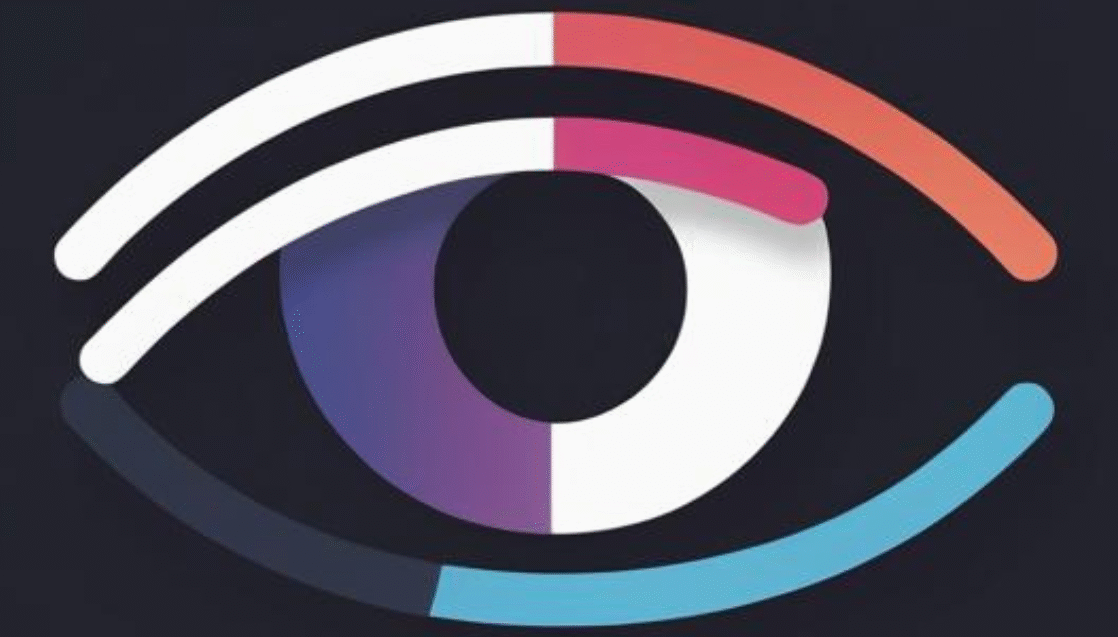
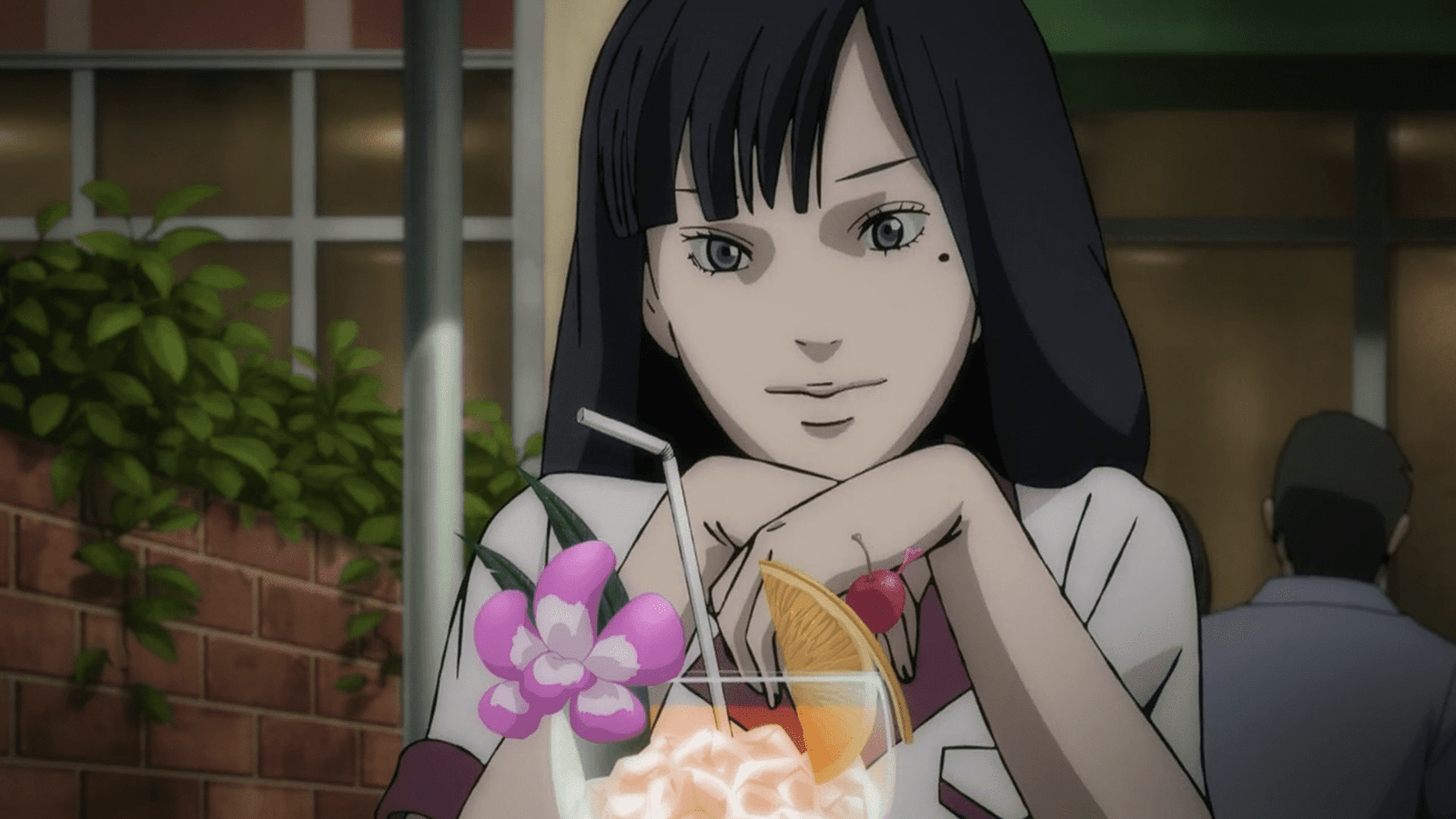
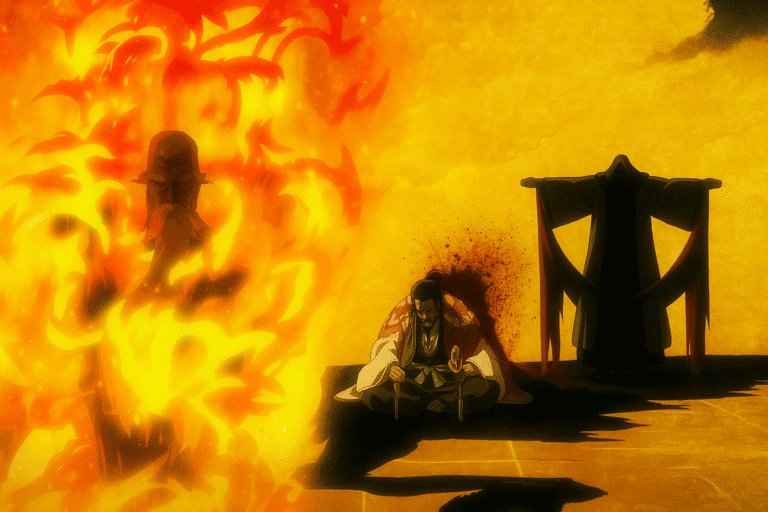
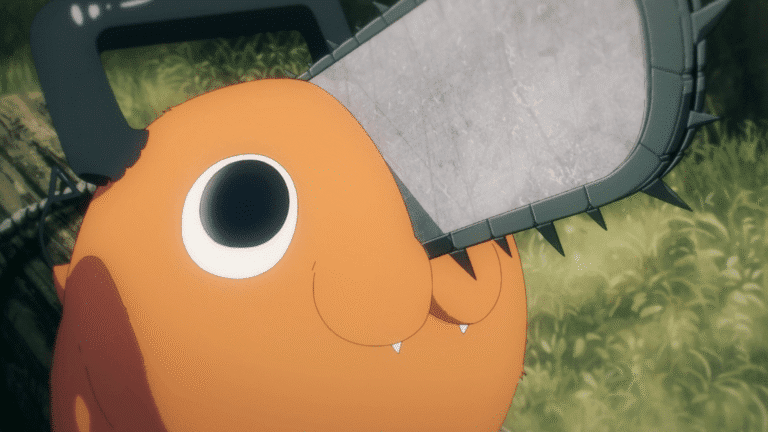
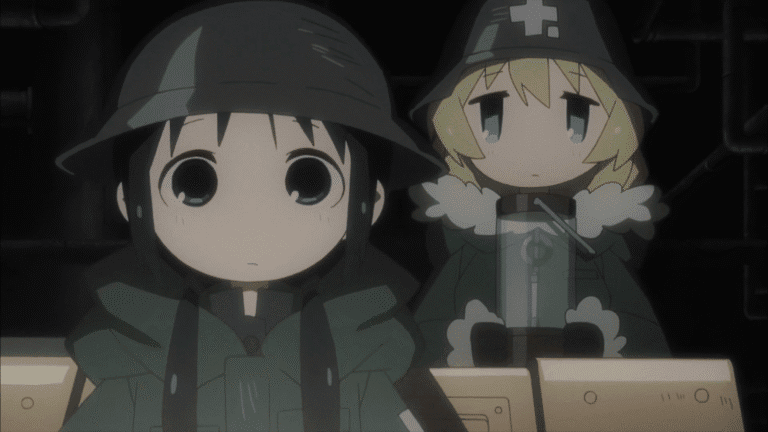
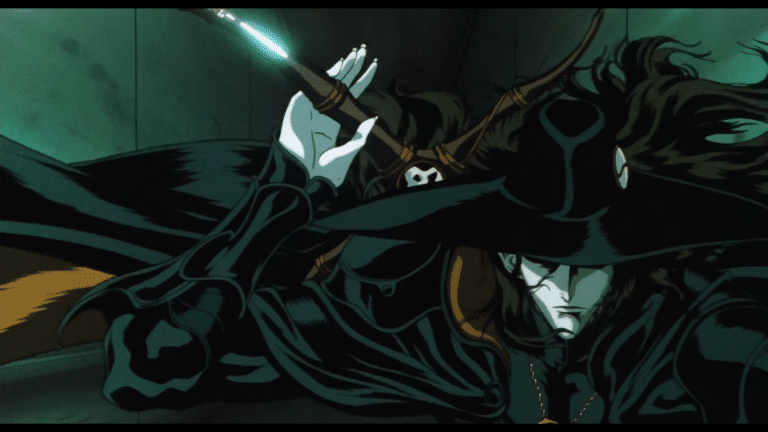


Hello, you used to write magnificent, but the last few posts have been kinda boringK I miss your super writings. Past several posts are just a little bit out of track! come on!